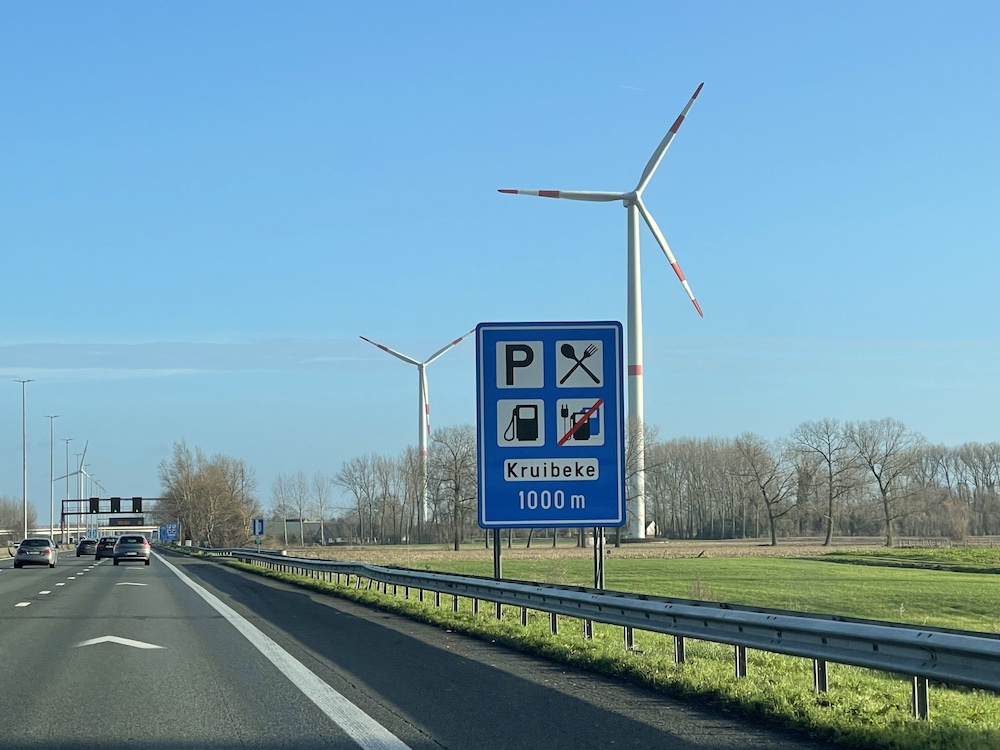Will it be a matter of queuing at the fast-charging station during the exodus to the south?
The rollout of charging infrastructure for electric vehicles (EVs) reveals a striking contrast within the Benelux and Europe, with Wallonia standing out as a region with a dire shortage, often referred to as a 'charging station desert'. This phenomenon not only exposes the challenges associated with the rise of electric mobility, but also the geographical inequalities that characterize the face of sustainable transport in Europe.
The availability of charging points plays a crucial role in the transition to sustainable transport. A recent inventory shows that Flanders and the Netherlands lead the way with 12.076 and an impressive number of charging points respectively, while Wallonia lags behind with only 2.148 charging stations. This inequality comes into sharp focus when one takes stock of the number of fully electric vehicles: 138.749 in Flanders compared to 17.299 in Wallonia.
The causes of this discrepancy are multifaceted. Wallonia's less urbanized nature and the higher prevalence of private parking offer residents the opportunity to charge at home, reducing the demand for public charging points. However, this alone does not explain the significant difference. The lower number of commercial vehicles, which are often electric, also plays a role, as do bureaucratic and regulatory hurdles that complicate the rollout of new charging stations.
Flanders has made significant progress in recent years through an extensive subsidy program that encourages the installation of charging points, resulting in accelerated growth in the number of charging stations. This approach contrasts with Wallonia, where development is slower, partly due to stricter permit procedures and less clear policies.

Wallonia, the southern region of Belgium, is distinguished by its less urbanized character and a higher prevalence of private parking. These two features play a crucial role in the adoption of electric vehicles (EVs) in the region, as they provide residents with the option of home charging. This situation has led to reduced demand for public charging points, which affects the rollout of charging infrastructure and mobility policy in Wallonia.
The consequences of this 'charging station desert' extend beyond local residents. It also affects tourism, a sector that is very sensitive in Wallonia, with its popular Ardennes. There are concerns that the lack of charging infrastructure could deter potential visitors who rely on electric mobility.
The situation in Wallonia is not an isolated one. Across Europe, there are regions where the development of charging infrastructure is not keeping pace with the growth of electric mobility, particularly in Southeastern Europe. This contrasts sharply with the Netherlands, which is positioning itself as a leader in this area, despite recent challenges such as grid congestion and bureaucratic delays that complicate the expansion of the charging network.
These geographic and bureaucratic hurdles underline the complexity of the transition to electric mobility. While some regions are making rapid progress, others are lagging behind, highlighting the importance of a coordinated approach and flexible regulations to accelerate the development of the necessary charging infrastructure.
In the near future, the gap in charging infrastructure is likely to narrow, but this will require commitment and innovation from local governments, grid operators and the private sector. It is a matter of supply and demand, with the need for a sustainable and accessible charging infrastructure being central to the evolution towards a greener future.




